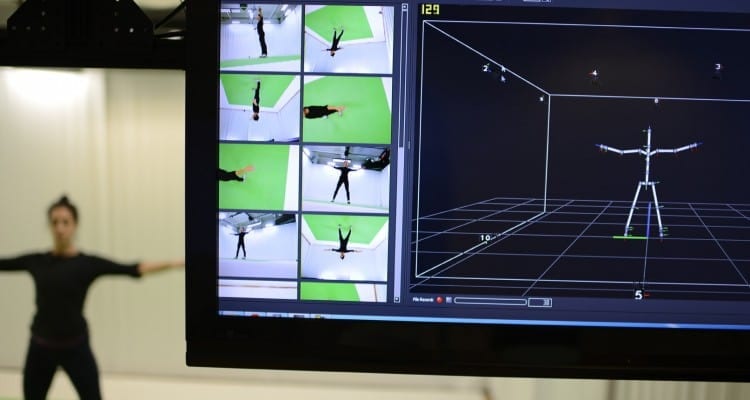Back in the day, some of the best video games that you could find were those oddball shareware and freeware titles that were created by independent developers. The graphics were anything but amazing, but they had imaginative ideas and, most importantly, the games were fun. Then, the industry started to shift. We saw the rise of giant corporations, mega developers and massive publishers. This is how we came to see multi-year development cycles for AAA titles and this was simply something against which little indie developers could not compete.
How could a small team of a couple of guys invest several years of their life and potentially millions of dollars to produce a disc (or cartridge) based game for one of the major consoles? A few of them tried, to be sure, but they were few and far between. But the tides are changing again.
If you have a brilliant idea for a game, you really do have the tools at your disposal to make that game a reality. The mobile space is exploding, since it really is accessible to get your game published and offered for sale through the Google Play Store for Android or the App Store for iOS. On the console side, you can get yourself listed on Xbox Live Arcade or PlayStation Network, and then there is Steam too. And yes, you still need money, but then there are crowdsourcing platforms like Indiegogo and Kickstarter that can help with that.
The democratization of mass media has also brought along the democratization of the game development industry. We just came back from PAX Prime 2013 in Seattle and we had a look at some of the smaller companies that may not have otherwise caught your eye. We had a look at alternative control schemes like the StinkyFoot Board and Sixense STEM. It used to be that you had to be picked up by a major manufacturer to make these peripherals a reality, but that’s no longer the case. If you have a good idea, you can make it happen. Especially with services like Kickstarter available today.
A lot of people assume that all indie projects and indie games are going to be “retro” in appearance and scope, offering lower-level graphics and less complex level design, but that doesn’t have to be case either. You don’t have to be a major studio like EA Sports to use motion capture software for your games. Motion capture can take on all sorts of forms. You’ve likely seen footage of people with those little white balls pasted at various parts of their body and these are marker-based optical motion capture systems, but there are also markerless systems (like Kinect) and even non-optical mocap systems. There’s a lot to learn, but there’s also a world of opportunity.
If you want to have more realistic graphics and physics, you can do that. And since it is (relatively speaking) that much easier to publish your games and get them out there in front of a real gaming audience these days, the prospects for indie gaming are definitely on the rise. You don’t have to wait for a big studio to create the game you want to see; if you have the dedication and the knowledge, you really can do it yourself. That’s what Adam “Keits” Heart did with Divekick; look at how well his game has been received by the fighting game community!

